light
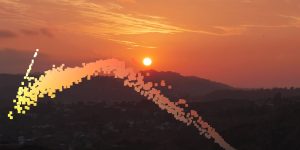
Modeling Color Spectra
Benedict Falkenstein (DE)
Each picture consists of many individual colors. Based on the RGB color space, I created a virtual reality application that shows a three-dimensional shape of the color spectrum of the image. This object can be moved and deformed by users, who can then see the changes they made to the picture. This direct link between the image and the three-dimensional color space gives the user a completely new perspective on colors and their location in the RGB color system.
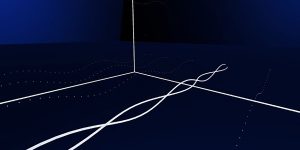
Rays
Anne-Sophie Schmidt (DE)
Rays is a VR environment designed to get viewers excited about the physics of electromagnetic waves. With a self-designed ring as controller, the user can hunt for the information himself. Other interactions, such as changing the frequency of the wave, demonstrate the properties of the different wave types and are illustrated by dimensions that represent the wide bandwidth of the wave dimension. Immerse yourself and explore the invisible radiation surrounding you.
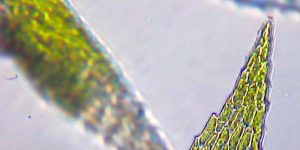
Hortus Luminis
Theresa Vogt (DE)
Photosynthesis is an elementary part of everyday life. Nevertheless, our esteem for plants and other phototrophic organisms is limited. This may be due to the fact that most of their biological procedures are not visible to the naked eye. But they can be experienced through a microscope. Hortus Luminis creates a new level of interpretation that deals with the hidden energy of plants and other organisms. The application uses the data from an analogue microscope to grow digital plants.
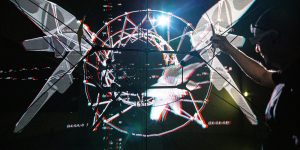
LightWing II
Uwe Rieger (DE/NZ), Yinan Liu (NZ), arc/sec Lab (NZ)
The interactive installation LightWing II creates a mysterious sensation of tactile data. It allows the visitor to navigate through holographic spaces and to explore responsive narratives.
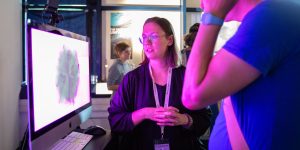
Lucky Island
Michaela Lautenschlager (DE)
Outside our visible spectrum of light, there is a very big area of electromagnetic radiation. Scientifically, that is also light, as it consists of photons. The most dangerous part for the human being: gamma rays. They are characterized by a very small wavelength and permeate almost all materials on earth. We cannot see them and generally only notice them when they are linked to radioactivity; for example, when we deal with the consequences of atomic bombs and nuclear accidents in power plants. In this project I don't want to downplay the dramatic effects of being exposed to this radiation but I want to help people understand it better. Therefore, I used the principle of sonification to make live measurements of monitoring stations in Japan “audible.”
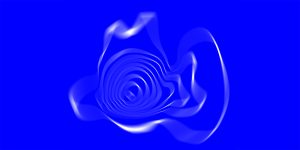
Color Impression
Lukas Woerm (DE)
Light. Light is boundless and dematerialized – it is intangible and enables our primary perception, seeing. A contourless, monotone space filled with light forces our brain to cope for a short time without this visual input. Orientation and lack of dimension are the consequences. Light, color and space become one. A non-objective environment makes human perception the object of contemplation. How is our emotional being influenced by light and colors?
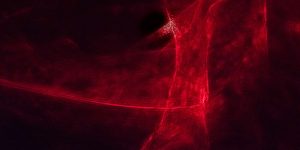
Silent songs
Katja Volk (DE)
Light is a matter of course for us. Its functionality in everyday life and technology makes it easy for us to overlook its simple beauty. Light is fascinating. Not only physically, but also visually. Silent songs uses light as a medium. Small, interactive light boxes create a sensual moment in which the viewer can concentrate on the light. This draws pictures in its very own way.

Luminescence
Benita Martis (DE)
In virtual reality (VR), light does not have to correspond with our reality. Physical laws can be overridden and redefined. This raises the question of how light looks, what effect it achieves and how it can be perceived in virtual reality. Can light in VR achieve a meditative effect? Can light take shape? Does light have the same meaning in virtual reality as in real reality? Luminescence is an experimental virtual experience which plays with forms, contrasts and biological feedback.
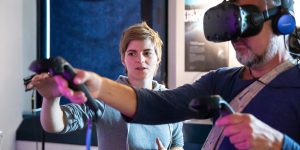
Tangible Universe
Annika Kreikenbohm (DE)
In the study of the universe, light is the one of the main sources of information accessible to us. Using satellites and telescopes, we collect the light of astronomical objects. First, each object appears as a single cloud of light. In the closer analysis of light, we recognize its nature and can distinguish stars from galaxies. In the virtual environment, numerical satellite data is translated into light sculptures and light is made tangible by haptic stimuli.
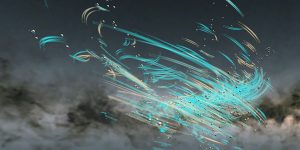
Light
University of Applied Sciences Würzburg-Schweinfurt, Faculty of Design
Light in its essence is not perceivable. Only in combination with shadow can humans experience it. It is therefore often used as a symbol for the immaterial. While the sciences explain light as a physical phenomenon, it is used metaphorically for very different contents in the humanities. Both concepts provide interesting impulses for entirely diverse approaches to projects. In this course, we looked into the subject “light” in form and content in a very versatile, innovative and experimental way.


